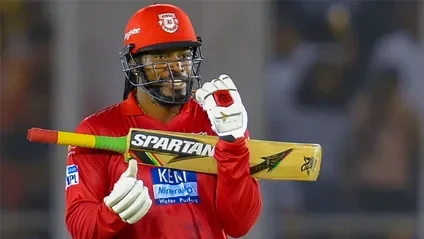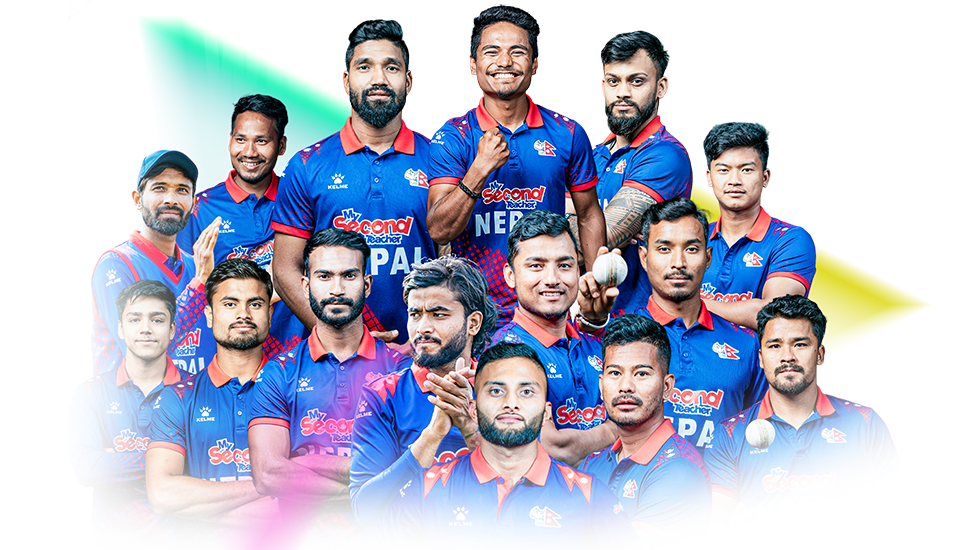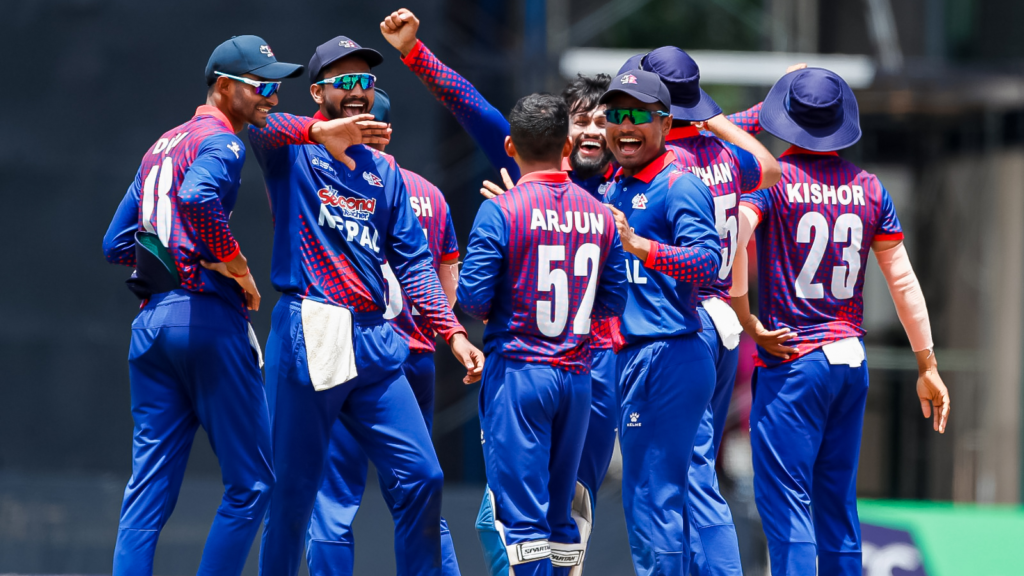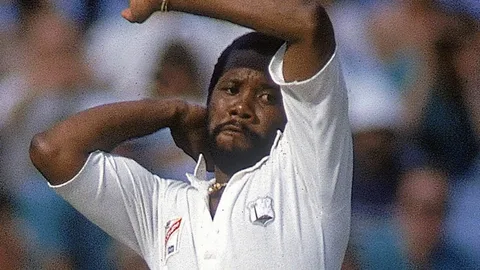Chris Gayle and T20 Batting Strategies: Whether you think the self-styled Universe Boss is cricket’s greatest ever or not, there’s no denying that he understands T20 batting like few others do. He knows how to balance aggression with the need to protect wickets.
He hits 11% of the balls he faces for six, significantly more than average T20 openers.
1. Go for the big hits
The T20 World Cup isn’t just a stage for the world’s finest cricketers; it’s a culture, an ethos, a grand saga unfurling with bat and ball and electric energy. And within this grand saga, the dominance of Chris Gayle has reached mythic proportions.
Unlike the giddy T20 batting styles of many of his teammates, Gayle’s is rooted in astonishing strength and hand-eye coordination. Anything in his zone is brutally dispatched, while deliveries he doesn’t fancy are blocked or left. This allows him to keep his strike rate high even when he’s not hitting sixes.

But despite this seemingly unforgiving approach, Gayle understands the importance of timing his shots. He will rarely play two consecutive fours and is always looking for that big six.
While this may seem risky for an opening batsman, Gayle’s success in T20 is built on the ability to score quickly and often – not avoiding risks. In fact, it’s this understanding of balancing quick scoring with the need to build an innings that has made him the most prolific T20 opener in history.
Gayle has amassed multiple records in T20 cricket, including most runs, fastest century and most sixes in a match. He has also become a model of consistency, with a superb record of scoring 22 centuries in the format.
However, a sluggish innings against Bangladesh highlighted some of the problems of this approach. For one, it showed that Gayle’s attacking instincts can be blunted when he is required to eat up dot balls early on in an innings.
This is a problem that many opening batsmen suffer from, but few so acutely as Gayle, who is often required to start his innings in the back half of the innings and face more dot balls than most of his team-mates. This can lead to a higher strike rate, but it can also lead to poor decisions and a lower chance of making an impact on the game.
2. Keep it simple
Gayle has forged an indelible stance within the heart-throbbing arena of T20 cricket. His records and impact aren’t simply a testament to power-hitting prowess, they envelop the very ethos of the game. He’s the Picasso of this platform, a colossal canvas splashed with the finesse of an artistic genius. The canorous thwacks of bat on ball echo across the fevered arena as his batting prowess explodes into a canvas of colossal sixes.
A century in T20 cricket is akin to a shooting star: beautiful, rare, and fleeting. To achieve one requires a game plan that oscillates between caution and chaos, a fine-tuning of aggression hovering over the thin line of strategy. Gayle has mastered this script with the majesty of a god, and no one does it better than him.
The Universe Boss possesses the ability to make every single ball count, whether it’s a short-pitched delivery from an economical bowler or a length-pitched missile from a world-class fast bowler. His imposing frame and heavy bat are the perfect combination to smash a short ball through the covers, or send a long-pitched ball soaring over the boundary. He’s equally at home tearing through the off-side or destroying the leg stump with his trademark sixes.
T20 cricket is a fast-paced, high-octane game where there’s no room for subtlety. With each side only allowed 20 overs to score runs, the format is a relentless carnival of power-hitting and cunning bowling variations. Gayle’s blazing strike rate and colossal sixes are the epitome of T20 cricket’s unapologetic entertainment.
When he’s not rocking up for his franchise in the Indian Premier League, Sydney Thunder in the Big Bash, or Jamaica Tallawahs in the Caribbean Premier League, Gayle is ploughing through domestic T20 competitions around the world. He’s become cricket’s ultimate bat-for-hire, appearing at different venues each week for a variety of franchises. Despite his prolific T20 record, the former West Indies opener is not without flaws in his approach to the game. Often, Gayle’s batting strategy comes unstuck in the final stages of a match. He’s prone to over-playing at times, often taking on too much risk with the ball and leaving his team well off their target.
3. Don’t be afraid to take risks
It’s tempting to view Christopher Henry Gayle as a kind of Ruth-like talisman for the T20 game. After all, few elite international batsmen have embraced T20 as wholeheartedly as the West Indies icon who is known as “Universe Boss”. No one has smashed more sixes in T20 than Gayle. No one has made a hundred in the format more often than him. And, despite his age and slowing bat speed, he is still at the front of the pack in terms of T20 runs.
The trouble with Gayle’s approach is that it comes with a massive risk. It’s easy for a player who is so aggressive and so quick to hit the long ball to get carried away in his pursuit of runs, and to end up getting out. This is what happened to Gayle in the match against Bangladesh.
When he faced the first six overs of the match, he was hitting at a strike rate that was edging close to 100. Then came the fifth over, and he faced three consecutive deliveries that he could not hit for four or more. He dragged two of these balls for singles, and he missed the sixth. By the end of the over, he had scored a five-ball fifty, but he also had consumed more than a third of his team’s batting allocation in the process.
Against the top teams in T20 cricket, this kind of approach to batting is likely to backfire. This is because, as the matches get more intense, bowlers will be able to target Gayle more easily and consistently. They will be able to make him work hard for his runs, and they will be able to prevent him from swatting the ball away for a big six.
Bowlers should try to make him hit the ball consistently on the pads, and they should avoid giving him anything full or short as he would decapitate them with such deliveries. They should aim for the Yorker length, and they should throw the ball away to the off-side of his batting stance, rather than into it.
4. Be patient
As much as he is known for his power-hitting prowess, Gayle’s batting style extends beyond just smashing sixes. It’s a blend of controlled ferocity and selective aggression. He picks his moments and dispatches them with unerring precision. He backs himself to come good, even when the bowlers are suffocating him with dot balls.
The twilight of his T20 career has seen him do more than just write his name in the record books. He has also scripted a grand saga of strength and strategy, a narrative that is enthralling to behold. It’s a saga that will reverberate in the canorous thwack of bat on ball and the jubilant applause that accompanies a masterful innings.
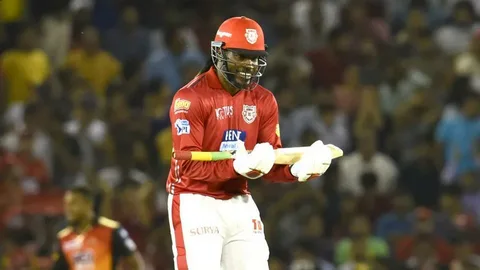
Gayle’s most recent display of sublime batting was against Bangladesh in the first match of their campaign at the T20 World Cup. In a game that threatened to turn into a stalemate, Gayle held his nerve and emerged as the hero with a stifling 117 off 57 balls.
In doing so, he became the only West Indian opener to score a century in the tournament’s history and eclipsed the mighty Graeme Hick. It wasn’t just a milestone, however; it was a statement about the state of T20 cricket in the Caribbean.
T20 is a fast-paced format in which the sides are limited to just 20 overs apiece. This means there is no room for error or the finesses of subtlety. It’s a carnival of power-batting, cunning bowling variations and acrobatic fielding. And no one does it better than Chris Gayle.
While many of his contemporaries have adapted a 360-degree approach to batting in T20, Gayle’s game remains rooted in astonishing physical strength and hand-eye coordination. He doesn’t shy away from the long ball and scours the boundary for every opportunity. But he’s equally adept at scampering sharp singles off deliveries he doesn’t fancy and leaving balls alone that he can’t hit to the boundary. As a result, CricViz reports that Gayle fails to score off 54% of the balls he faces in the Powerplay, the most of any top T20 opening batsman.
